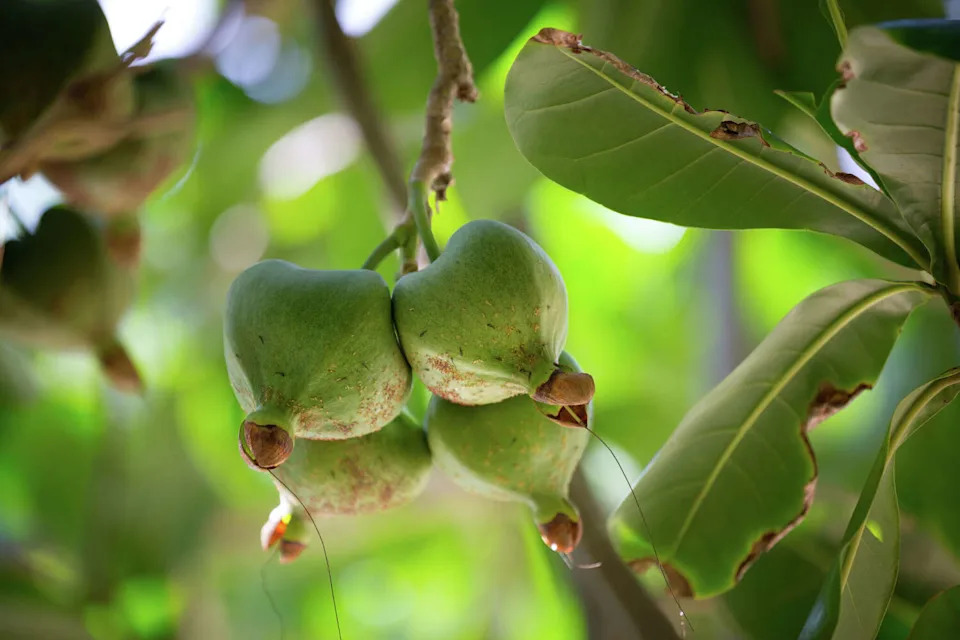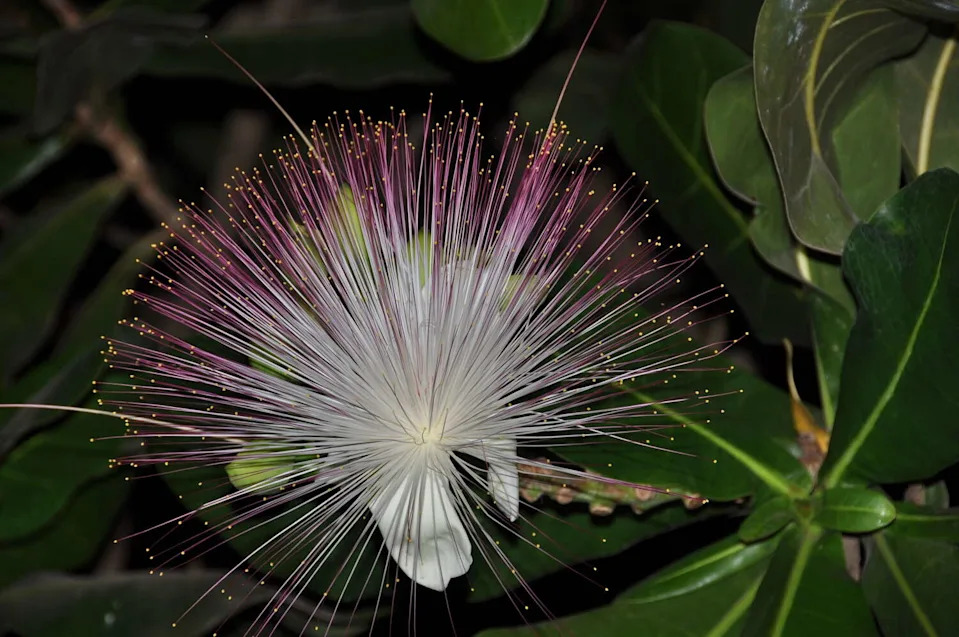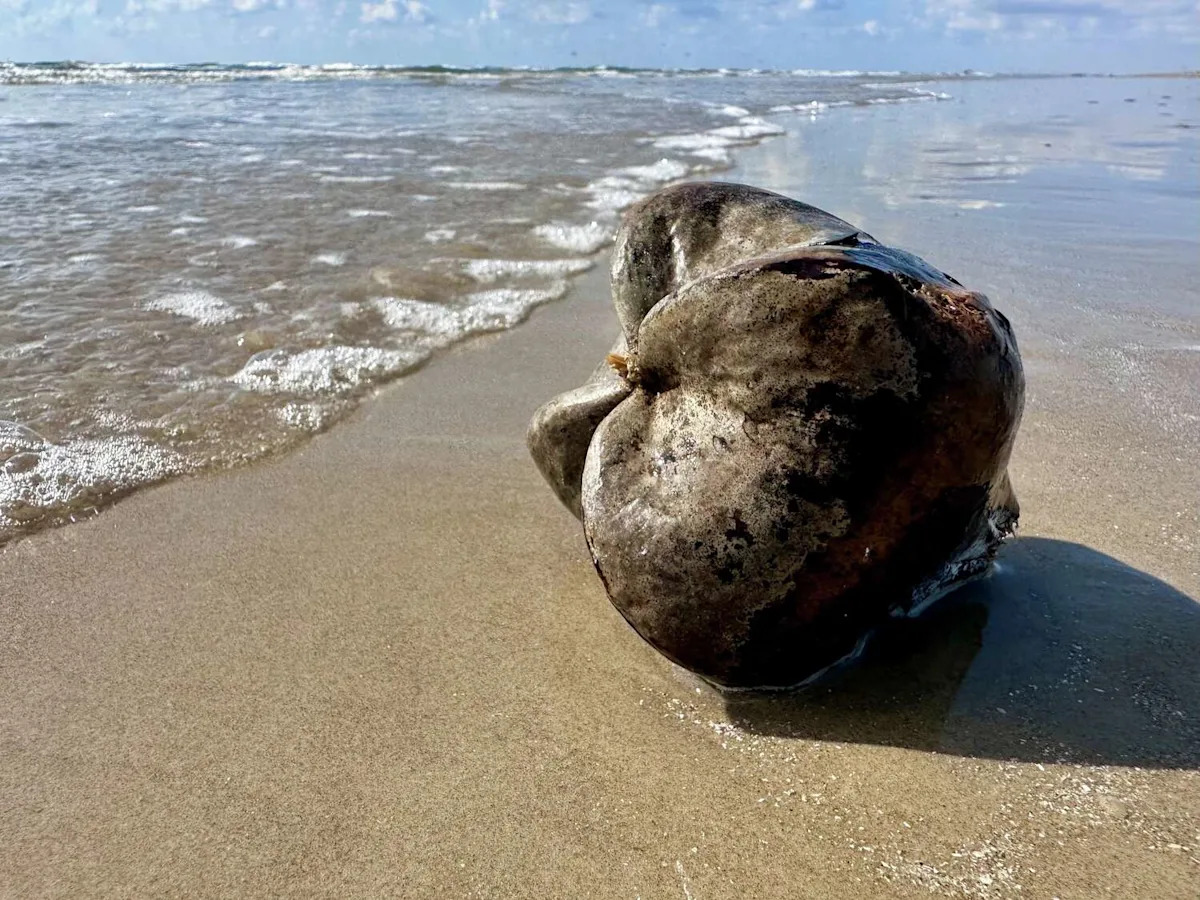Beachcombers on the Texas coast this week may have spotted something strange in the sand: a small, cube-shaped seed with the look of weathered wood and the bounce of a sponge. It may resemble a beach trinket, but it’s actually a poisonous tropical seed, and it’s traveled a long way to get here.
Known as a box fruit, the seed comes from Barringtonia asiatica, a tree native to the Indo-Pacific. According to Jace Tunnell, director of community engagement at the Harte Research Institute for Gulf of Mexico Studies, the fruits that wash up in Texas likely drifted from trees planted on Caribbean islands. These seeds are built to float-light, woody, and filled with air pockets-and they can survive at sea for months or even years before washing ashore.

This tropical tree produces cube-shaped seeds that can travel thousands of miles by sea. (LuckyBusiness/Getty Images)
“These fruits are not edible. In fact, they’re poisonous,” Tunnell wrote in his weekly Beachcombing Report, after finding several along the beach. “Some island cultures traditionally crushed them up and used them to stun fish in shallow water, which is why the tree is sometimes called the ‘fish poison tree.'”
The tree itself is as remarkable as the fruit. In its native range, Barringtonia asiatica blooms only at night with large, white flowers that attract bats and moths for pollination. The boxy seeds it produces are engineered for long-distance travel, sealed in tough husks that resist saltwater and protect them on their ocean journey.

The night-opening flowers of Barringtonia asiatica, the source of the poisonous box fruit, are pollinated by bats and moths. (Nathalie Ruaux/Getty Images)
Author Ed Perry, in Sea-beans from the Tropics, writes that Barringtonia asiatica is a “Southeast Asian species that has been widely introduced in the world’s tropics,” and that “enough trees are present in the Caribbean region to provide drift specimens reported from Yucatán, Texas, and Florida.”
The fruit’s buoyancy has even made it useful to fishermen, who have used it as a natural float for nets. But these days, the unusual, cube-shaped souvenir from the sea is more likely to be spotted by sharp-eyed beachcombers.
More Parks & Wildlife
History | Rare visitor seen in Texas for the first time since 1961
Parks | Popular Texas park is shutting down trails in October
Insects | Why thousands of bugs are taking over the Texas coast right now
Marine life | Rare jellyfish with 70-foot-long tentacles found
For the latest and best from Chron, sign up for our daily newsletter here.
This article originally published at Don’t eat this fruit washing up on Texas beaches right now.

